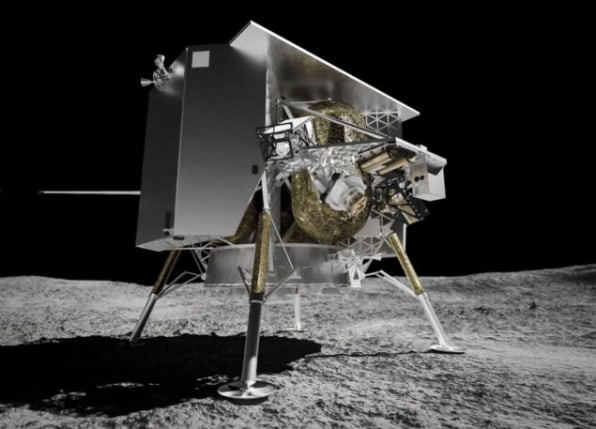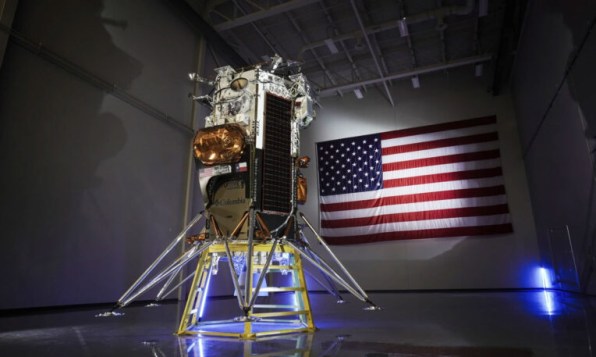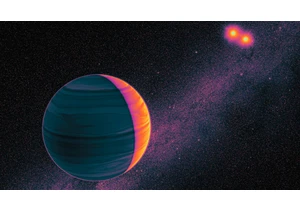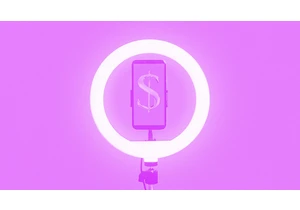China and India scored moon landings, while Russia, Japan, and Israel ended up in the lunar trash heap.
Now two private companies are hustling to get the U.S. back in the game, more than five decades after the Apollo program ended.
It’s part of a NASA-supported effort to kick-start commercial moon deliveries, as the space agency focuses on getting astronauts back there.
“They’re scouts going to the moon ahead of us,” said NASA Administrator Bill Nelson.
Pittsburgh’s Astrobotic Technology is up first with a planned liftoff of a lander Monday aboard a brand new rocket, United Launch Alliance’s Vulcan. Houston’s Intuitive Machines aims to launch a lander in mid-February, hopping a flight with SpaceX.
Then there’s Japan, which will attempt to land in two weeks. The Japanese Space Agency’s lander with two toy-size rovers had a big head start, sharing a September launch with an X-ray telescope that stayed behind in orbit around Earth.
If successful, Japan will become the fifth country to pull off a lunar landing. Russia and the U.S. did it repeatedly in the 1960s and ’70s. China has landed three times in the past decade—including on the moon’s far side—and is returning to the far side later this year to bring back lunar samples. And just last summer, India did it. Only the U.S. has put astronauts on the moon.
Landing without wrecking is no easy feat. There’s hardly any atmosphere to slow spacecraft, and parachutes obviously won’t work. That means a lander must descend using thrusters, while navigating past treacherous cliffs and craters.
A Japanese millionaire’s company, ispace, saw its lander smash into the moon last April, followed by Russia’s crash landing in August. India triumphed a few days later near the south polar region; it was the country’s second try after crashing in 2019. An Israeli nonprofit also slammed into the moon in 2019.
The United States has not attempted a moon landing since Apollo 17’s Gene Cernan and Harrison Schmitt, the last of 12 moonwalkers, explored the gray, dusty surface in December 1972. Mars beckoned and the moon receded in NASA’s rearview mirror, as the space race between the U.S. and the Soviet Union came to a close. The U.S. followed with a handful or two of lunar satellites, but no controlled landers—until now.

Not only are Astrobotic and Intuitive Machines looking to end America’s moon-landing drought; they’re vying for bragging rights as the first private entity to land—gently—on the moon.
Despite its later start, Intuitive Machines has a faster, more direct shot and should land within a week of liftoff. It will take Astrobotic two weeks just to get to the moon and another month in lunar orbit, before a landing is attempted on February 23.
If there are rocket delays, which already have stalled both missions, either company could wind up there first.
“It’s going to be a wild, wild ride,” promised Astrobotic’s chief executive John Thornton.
His counterpart at Intuitive Machines, Steve Altemus, said the space race is “more about the geopolitics, where China is going, where the rest of the world’s going.” That said, “We sure would like to be first.”
The two companies have been nose to nose since receiving nearly $80 million each in 2019 under a NASA program to develop lunar delivery services. Fourteen companies are now under contract by NASA.
Astrobotic’s four-legged, 6-foot-tall (1.9-meter-tall) lander, named Peregrine after the fastest bird, a falcon, will carry 20 research packages to the moon for seven countries, including five for NASA and a shoebox-size rover for Carnegie Mellon University. Peregrine will aim for the mid-latitudes’ Sinus Viscositatis, or Bay of Stickiness, named after the long-ago silica magma that formed the nearby Gruithuisen Domes.
Intuitive Machines’ six-legged, 14-foot-tall (4-meter-tall) lander, Nova-C, will target the moon’s south polar region, also carrying five experiments for NASA that will last about two weeks. The company is targeting 80 degrees south latitude for touchdown. That would be well within Antarctica on Earth, Altemus noted, and 10 degrees closer to the pole than India landed last summer.

Scientists believe the south pole’s permanently shadowed craters hold billions of pounds (kilograms) of frozen water that could be used for drinking and making rocket fuel. That’s why the first moonwalkers in NASA’s Artemis program—named after Apollo’s twin sister in Greek mythology—will land there. NASA still has 2025 on the books for that launch, but the General Accountability Office suspects it will be closer to 2027.
Astrobotic will head to the south pole on its second flight, carrying NASA’s water-seeking Viper rover. And Intuitive Machines will return there on its second mission, delivering an ice drill for NASA.
Landing near the moon’s south pole is particularly dicey.
“It’s so rocky and craggy and full of craters at the south pole and mountainous, that it’s very difficult to find a lighted region to touch down safely,” Altemus said. “So you’ve got to be able to finesse that and just set it down right in the right spot.”
While Houston has long been associated with space, Pittsburgh is a newcomer. To commemorate the Steel City, Astrobotic’s lander will carry a Kennywood amusement park token, the winner of a public vote that beat out the Steelers’ Terrible Towel waved at football games, dirt from Moon Township’s Moon Park, and a Heinz pickle pin.
The lander is also carrying the ashes or DNA from 70 people, including “Star Trek” creator Gene Roddenberry and science fiction writer Arthur C. Clarke. Another 265 people will be represented on the rocket’s upper stage, which will circle the sun once separated from the lander. They include three original “Star Trek” cast members, as well as strands of hair from three U.S. presidents: George Washington, Dwight D. Eisenhower, and John F. Kennedy.
By Marcia Dunn, Associated Press
Zaloguj się, aby dodać komentarz
Inne posty w tej grupie

Child psychologists tell us that around the age of five or six, children begin to seriously contemplate the world around them. It’s a glorious moment every parent recognizes—when young minds start

During January’s unprecedented wildfires in Los Angeles, Watch Duty—a digital platform providing real-time fire data—became the go-to app for tracking the unfolding disaster and is credit



Yahoo’s bet on creator-led content appears to be paying off. Yahoo Creators, the media company’s publishing platform for creators, had its most lucrative month yet in June.
Launched in M

From being the face of memestock mania to going viral for inadvertently stapling the screens of brand-new video game consoles, GameStop is no stranger to infamy.
Last month, during the m

The technology industry has always adored its improbably audacious goals and their associated buzzwords. Meta CEO Mark Zuckerberg is among the most enamored. After all, the name “Meta” is the resi
